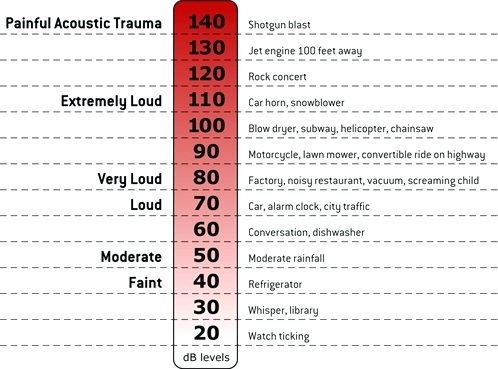This article is more about communication than a whistle.
You can carry around a mirror, or even a flare gun if you want, but most children don’t really know how to use these unless they’ve been trained. An adult can figure out how to use a mirror or other signalling tool through trial and error, but if you’re with kids that are under 12, then chances are they can use their lungs better than their brains.
I always consider the lowest common denominator when I go camping, in terms of safety and knowledge. Everyone needs to be able to use a signal device in case of emergency. I’ve come to the remarkable conclusion — as many others have in their brilliant wisdom — that whistles are great emergency communication devices and happen to be very portable, cheap and come in lots of different colors.
The international call for distress on land would be 3 blasts from a whistle.
There are so many brands and types of whistles: pea-less, loudest, compact, titanium, pink…you name it.
What I have found from testing about 40 different types of whistles with my kids, is that the best whistles — ones that everyone clearly recognize — are actually classic pea-based sporting event whistles, even though the pea is touted as a failing point.
Unless you submerge a really cheap pea-based whistle underwater for hours on end, the pea (usually made of cork and specially treated for moisture resistance to withstand all the water-rich air your lungs produce), will actually not deteriorate, expand, jam, or fail. Some peas are synthetic, so they can only possibly jam, but the engineers have put some thought into preventing events like that from happening.
Pea-less sound is the key selling feature of brands like FOX40, Molten, and others. Don’t get me wrong: Pea-less whistles have no moving parts so they are indestructible, but there is something about the lower-pitch and dual-tone clarity of a pea-based whistle that you can’t miss when you hear it.
FOX40 has always been my go-to brand of whistle as they are readily available throughout North America, but recently I’ve switched over to the very popular ACME Thunderer (Model 60.5) which does contain a pea. Mine includes a rubber bite-guard (aka. whistle tip guard) which is also useful for winter whistle use, especially on metal whistles. The Thunderer whistle is top quality and has been made in England since 1884.
FOX40 has an equivalent pea-based whistle called the Super Force, used by the NHL and comes with its own patented mouth grip.
Most whistles are designed to produce loud recognizable sound between 95 dB and 120 dB. The tone varies quite a bit, with most pea-less whistles registering higher pitch sounds, while pea-based whistles typically have lower, richer trill tone. For example both the Thunderer and Super Force are quite loud at 110-115 dB when blown at full force and can clearly be heard in a packed arena of cheering fans. In general, most whistles blown at full force can be noticeably heard at best, up to about a 2km or roughly over a mile away in a clear field or open space, but your mileage may vary in the woods. In reality, expect to be heard only up to about 1/3 of that distance, or around to 800m (1/2 mile) in heavily obstructed areas.
The enormous Storm whistle boasts to be the loudest whistle in the world, and as demonstrated by my kids, I can attest it really is — ringing in at 120+ dB. The Storm is also the largest whistle we tested, and is designed for marine use (it works under water and can be heard for about 50 feet in that medium). I’ve included a generic decibel chart below for comparison. The loudness is measured from about a foot away (except for the jet engine).





